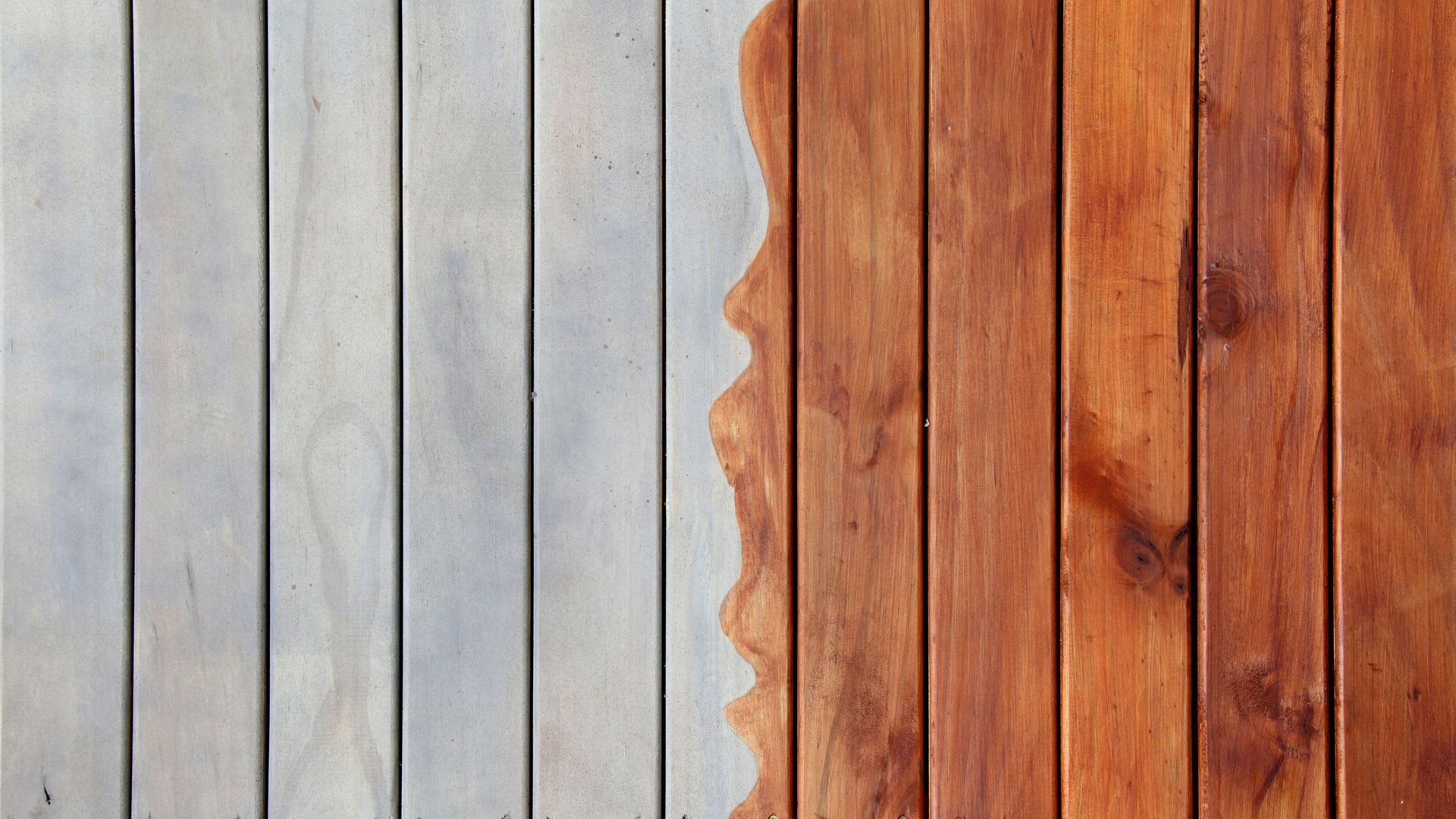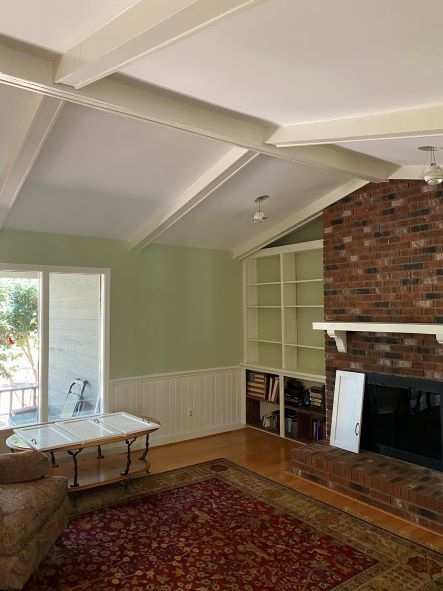Exterior painting in extreme temperatures

Exterior painting presents a different set of challenges than does interior painting. Building heights, terrain and most notably weather are all factors that painting technicians must navigate in order to complete an exterior painting project. One factor that sometimes gets overlooked is extreme temperatures, especially North Carolina heat and humidity!
Many people are familiar with the old rule of only painting when the temperature is above 50 degrees. That rule no longer applies with current exterior latex paints and most high-end exterior paints may be applied to substrates with a surface temperature as low as 35 degrees. While that is obviously uncomfortable for the technician, it gives painting companies much more flexibility painting exterior projects in the fall and winter seasons.
But what about hot weather? There really isn’t a widely understood rule for how hot is too hot to paint. Most technical data sheets will only specify a “do not paint below this temperature” but not a “do not paint above this temperature” or maximum surface temperature. The ones that do may specify a maximum surface temperature of 100 degrees or in the case of a new product hoping to capitalize on hot weather painting, 120 degrees!
Not only can such temperatures be dangerous for the technicians attempting to work in them, but they also make for a less than ideal paint job. When paint is applied to a surface that is 95 degrees and above it dries almost instantly causing “flash”. Meaning everywhere the paint is lapped it is like another coat creating excessive lap marks and may cause the paint to cure improperly and fail to bond to the substate which may in turn lead to bubbling and or peeling and ultimately shortens the life of the paint film.
They are several methods to alleviate such a situation. The first is to paint early and shorten the working day. Starting just before sunrise and stopping by about 2pm before the most extreme heat of the day can help to keep surfaces from becoming too hot to apply paint. Working in the shade is also key. Planning the painting so that if there is one side that is gets sunlight all day is painted first thing in the morning and then moving around the building following the shade can make surface temperatures significantly cooler. Finally, surfaces can be sprayed with water using a hose or pressure washer directly before painting. If the surface is hot enough the water will evaporate quite quickly lowering the temperature by up to 25 degrees.
Ideally most exterior painting would take place in spring and fall when the weather and temperatures are most conducive to a good-looking and long-lasting paint job. However, as all painters know, exterior painting is never ideal! By managing surface conditions, a fine exterior paint project can be achieved almost any time of year.
Are you ready to behold the power of paint? Schedule your free estimate here!
The post Exterior painting in extreme temperatures appeared first on Express Yourself Paint.

The frequency of how often you should stain your deck depends on the type of sealer or stain you use. Transparent Sealers and Toners – Re-stain every 1-2 Years Solid Stains every 2-4 Years Factors That Affect the Life Span of Your Stain Newly pressure treated wood is full of preservatives and stains are not […]
The post How Often Should I Stain My Deck? appeared first on Express Yourself Paint.

We are proud to announce that we donated our labor & Spectrum Paint donated the Benjamine Moore paint, to do the pink tunnel for the Kay Yow Cancer Walk held at NC State this month! We Loved being part of this event that ends by the tunnel, and you tag words of support to those […]
The post Kay Yow Cancer Walk appeared first on Express Yourself Paint.

Popcorn ceiling texture removal FAQ · Can I have texture removed while staying in the house? While you can stay home when texture is being removed, we strongly recommend that you vacate the premises while it is happening. Texture removal creates an inordinate amount of dust, which may or may not contain asbestos, and is […]
The post Popcorn Ceiling Removal appeared first on Express Yourself Paint.
